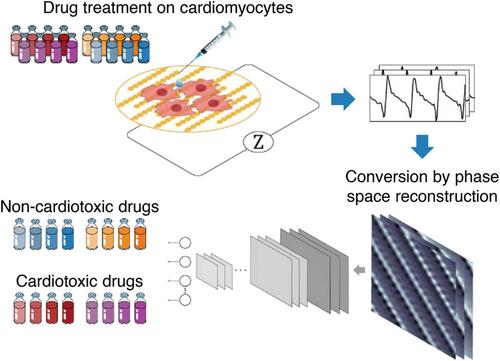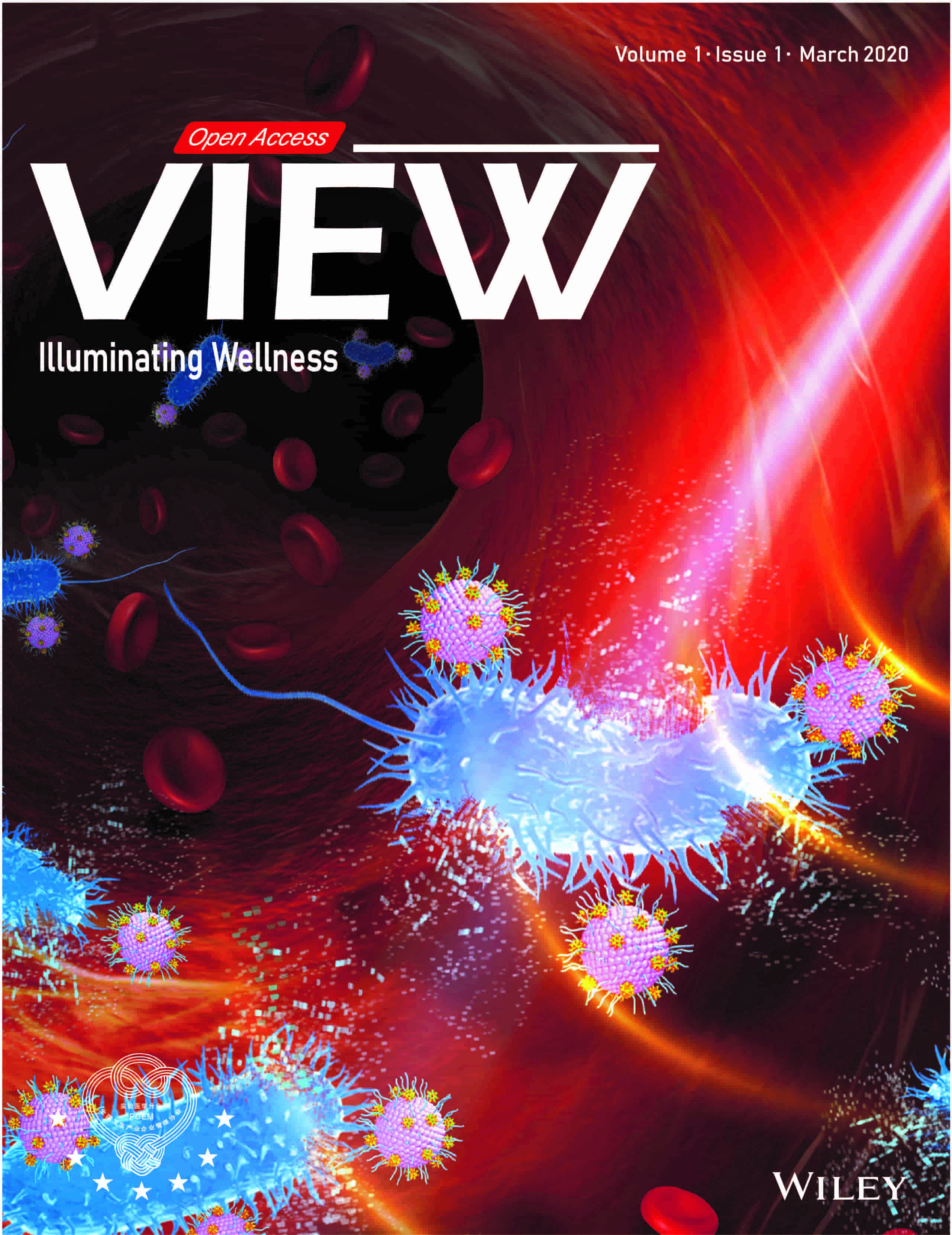An intelligent biosensing platform using phase space reconstruction-assisted convolutional neural network for drug-induced cardiotoxicity assessment
IF 8.5
4区 医学
Q1 MATERIALS SCIENCE, BIOMATERIALS
引用次数: 0
Abstract
Drug-induced cardiotoxicity often leads to patient deaths and drug recalls. Interdigitated electrode (IDE)-based cellular impedance detection instrument has been integrated with intelligent algorithms to screen cardiotoxicity based on cardiomyocytes. These intelligent biosensing systems generally employ traditional machine learning methods to assess drug-induced cardiotoxicity by analyzing cardiomyocytes mechanical beating signals. However, modern deep learning methods with robustness and flexibility have not been integrated in IDE-based platform to screen cardiotoxicity. Here, for the first time, we implemented deep convolutional neural network (CNN) to analyze cardiomyocytes mechanical beating signals for cardiotoxicity assessment. This method can eliminate the feature engineering procedures, such as manual design and extraction of signal features required by traditional machine learning methods. To facilitate two-dimensional (2-D) CNN analysis, we utilized phase space reconstruction to convert one-dimensional beating signals into 2-D image representations as well as take into account nonlinear dynamic information. The phase space reconstruction-assisted convolutional neural network (PSRCNN) is capable of accurately categorizing drug-induced cardiotoxicities and predicting cardiotoxicity levels. It obtains accuracies ranging from 0.82 to 0.99 when recognizing the cardiotoxicity of newly developed drugs, which are represented by drugs that are not used during model training. Furthermore, we explore in depth to compare the performance of CNN with other traditional machine learning methods. The PSRCNN method can achieve higher accuracies when compared to other methods. The PSRCNN-based biosensing platform is highly potential in improving the efficiency and accuracy of high-throughput screening of newly developed drugs for cardiotoxicity during drug discovery.

利用相空间重构辅助卷积神经网络评估药物诱导的心脏毒性的智能生物传感平台
药物引起的心脏毒性常常导致患者死亡和药物召回。基于插入式电极(IDE)的细胞阻抗检测仪器与智能算法相结合,可根据心肌细胞筛查心脏毒性。这些智能生物传感系统通常采用传统的机器学习方法,通过分析心肌细胞的机械跳动信号来评估药物诱导的心脏毒性。然而,具有鲁棒性和灵活性的现代深度学习方法尚未集成到基于 IDE 的平台中以筛选心脏毒性。在此,我们首次采用深度卷积神经网络(CNN)分析心肌细胞机械跳动信号,用于心脏毒性评估。这种方法省去了传统机器学习方法所需的特征工程步骤,如人工设计和提取信号特征。为了促进二维(2-D)CNN 分析,我们利用相空间重构将一维跳动信号转换为二维图像表示,并考虑非线性动态信息。相空间重构辅助卷积神经网络(PSRCNN)能够准确地对药物引起的心脏毒性进行分类,并预测心脏毒性水平。在识别新开发药物的心脏毒性时,它的准确度从 0.82 到 0.99 不等。此外,我们还深入探讨了 CNN 与其他传统机器学习方法的性能比较。与其他方法相比,PSRCNN 方法能达到更高的准确度。基于 PSRCNN 的生物传感平台在提高药物发现过程中新开发药物心脏毒性高通量筛选的效率和准确性方面极具潜力。
本文章由计算机程序翻译,如有差异,请以英文原文为准。
求助全文
约1分钟内获得全文
求助全文
来源期刊

VIEW
Multiple-
CiteScore
12.60
自引率
2.30%
发文量
0
审稿时长
10 weeks
期刊介绍:
View publishes scientific articles studying novel crucial contributions in the areas of Biomaterials and General Chemistry. View features original academic papers which go through peer review by experts in the given subject area.View encourages submissions from the research community where the priority will be on the originality and the practical impact of the reported research.
 求助内容:
求助内容: 应助结果提醒方式:
应助结果提醒方式:


